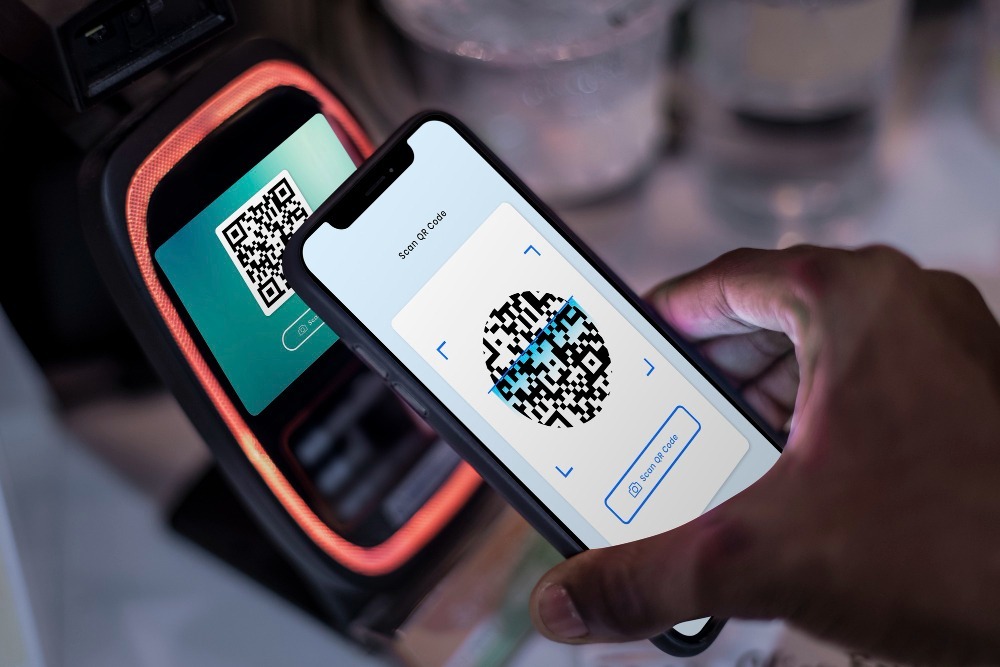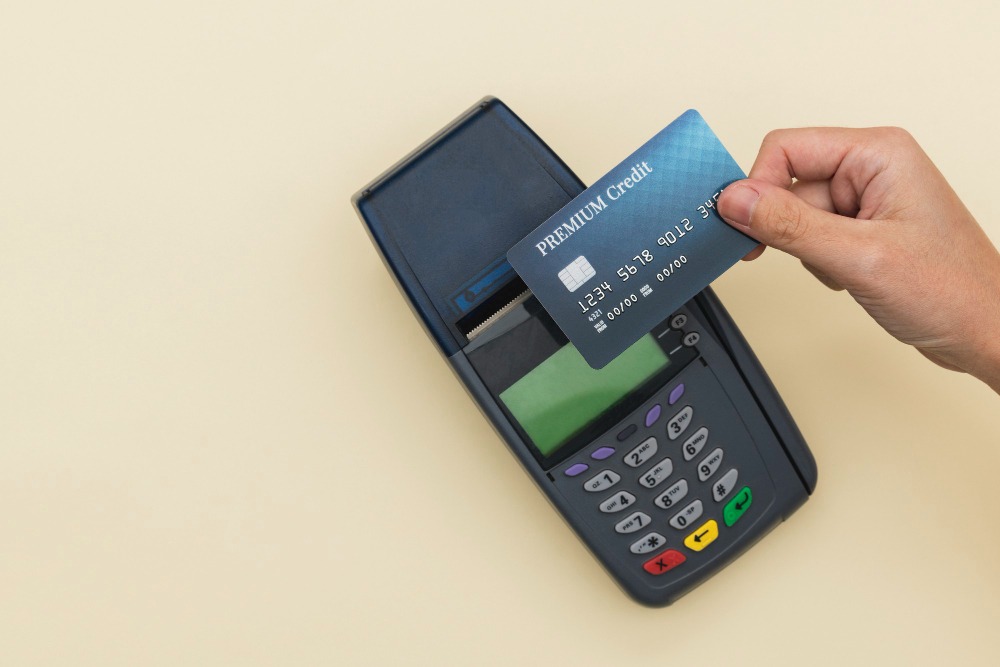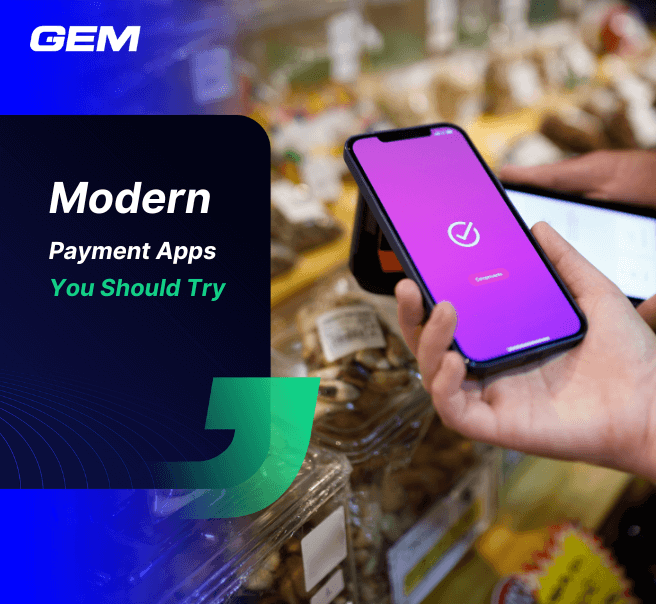Contents
Contactless payment is a more advanced but safer method than traditional ones in the pandemic time.
Contactless payments had become a heated topic before Covid-19 but turned critical after the pandemic expanded. The WHO informed that paper notes could carry the virus. There were many changes in adoption rates and limits, but the security of this new paying method remains questioned.
What is contactless payment and how does it work?

Contactless payment is a secure method enabled by near-field communication (NFC). NFC is a brand of radio-frequency identification (IFID) that allows close-distance transactions. Users can use a smartcard or device to carry out the transactions.
With traditional ways of paying, customers need to exchange notes or swipe cards and enter a personal identification number (PIN), which requires certain interactions between the employees and the customers.
With contactless payment, buyers only have to place their smartcard or device within millimeters towards the point-of-sale terminals equipped with contactless payment technology. Therefore, minimizing the chances of infection.
What is the current situation globally?
South Korea’s transit authority in Seoul first introduced contactless payment in 1995, then spread out to other countries like the UK. However, the US has not been in favor of this method yet. The current adoption percentage of smartcards is 96% in Korea, 64% in the UK, and only 3% in the US, according to research from the global management consulting firm A.T. Kearney.
With the escalation of the pandemic, many companies in America and other economies are increasing contactless payment.
According to New York Times, the usage of contactless payments in the US has grown 150% since March 2019. The limitations have also raised due to the increasing demand, reported by Fobes.
In the same article, Forbes also states four main benefits of this payment:
- Safety: with few to no interactions, contactless payment is a safer transactional method than traditional ones.
- Security: The technology has the same standard as EMV chips – which the U.S. Payments Forum claimed to be “effective at reducing fraud,” including in-store forged cards.
- Time-saving: If the transaction using a traditional card can take up to 45 seconds, a contactless transaction only needs 10 to 15 seconds.
- Convenience: The contactless cards will last much longer since they are not scratched. Mobile applications also need little maintenance except for once in a while updates.
Is contactless payment safe?
People consider contactless payment to be safer than traditional payment methods. The fraud rate of contactless cards is less than 50% of that of conventional cards.
Yet, many are concerned about this payment’s exclusiveness. Since only recently distributed cards have the contactless feature. In markets where contactless payment is not the dominant method, the transition might cause a massive cost on replacing the current cards with compatible smart cards.

Likewise, not all systems accept contactless payments, which could cause inconvenience for customers. Also, the transaction limit for this payment methods is often lower than that of the traditional methods.
The biggest risk is data privacy. The payment system collects data immensely to keep track of the contactless transaction.
The Verge reported that ONMY, the new contactless payment of US’s city buses and subways, has collected data about users’ location, which could map out “riders’ patterns of life” – a potential “privacy nightmare”- as it calls. Besides, according to Security Intelligence, downloading payment apps is exposed to malware or man-in-the-middle attacks.
Should you adopt this technology, and how to adapt securely?
Many experts’ opinions and surveys have proved that people will favor contactless payment in the future. However, more complex fraudulence is likely to develop soon due to the popularity of contactless payment and the rising maximum transaction limit. It is okay to use contactless payment but at the same time seek security methods.
Security Intelligence suggests four solutions that organizations can enhance data privacy for their contactless payment system:
- Adding multi-factor authentication (MFA)
- Ensuring encryption of all transactions
- Using device-centric cryptography
- Following all Payment Card Industry (PCI) Security Standards Council guidelines
In short, this new tech can be revolutionary for banking and finance and should be examined and deployed if possible. However, businesses should do that with a cautious mindset for additional safety assurance in the future when more complex fraudulence arises.
Read more: The Vigorous Rise of Digital-Only Banks and 4 Key Takeaways
ABOUT GEM
GEM Corporation is a leading IT service provider who empowers its business clients in their digital transformation journey. Based in Hanoi, Vietnam, GEM is characterized by competent human resources, extensive and highly adaptive techstack, and excellent ISO-certified and CMMi-based delivery process. GEM, therefore, has been trusted by both start-ups and large corporations from many global markets across different domains.
Don’t miss our latest updates and events – Follow us on Facebook and LinkedIn!






